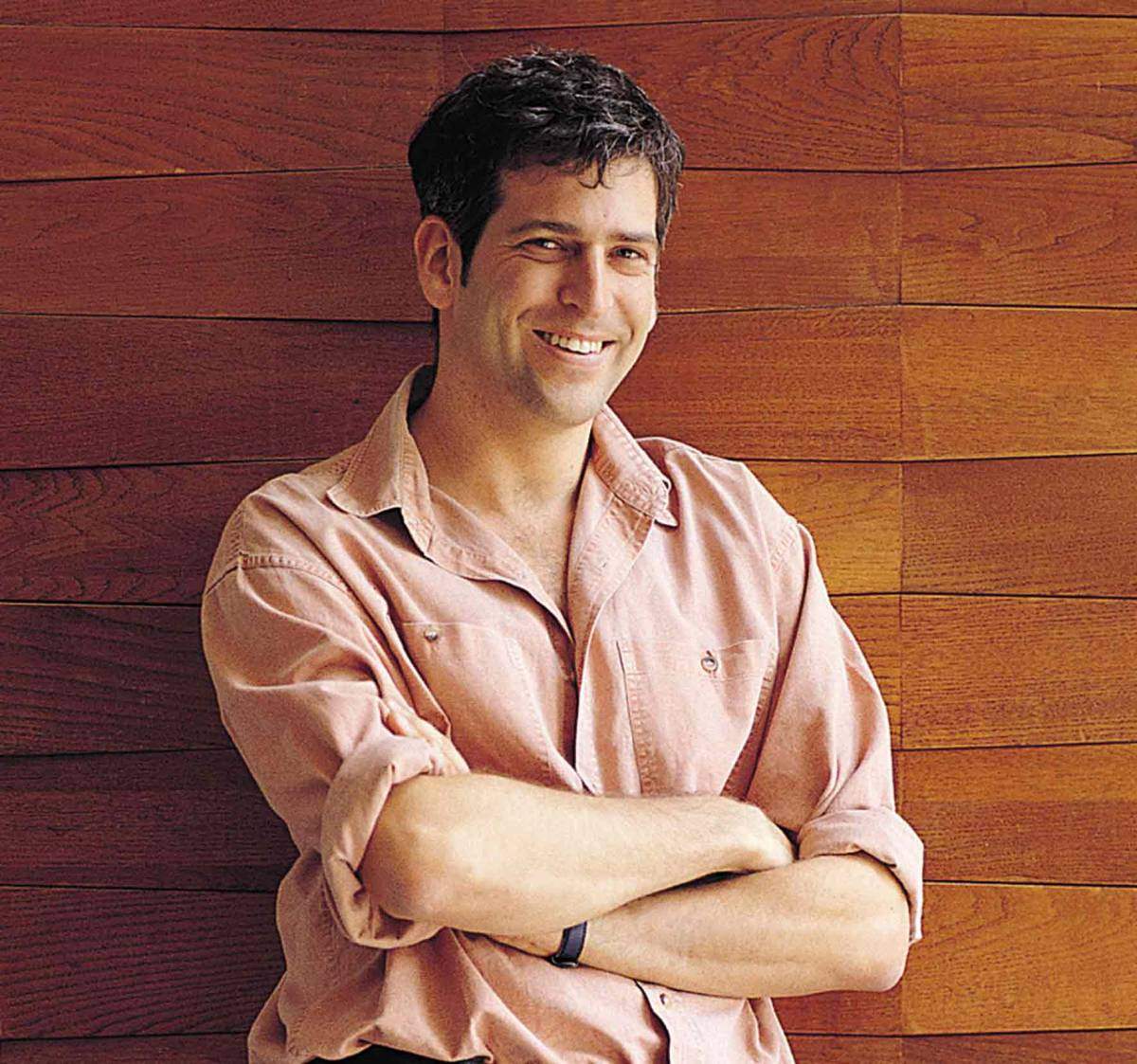How do 30,000 genes in our DNA work together to form a large part of who we are? How do one hundred billion neurons operate in our brain? The huge number of factors involved makes such complex networks hard to crack. Now, a study published in the October 25 issue of Science uncovers a strategy for finding the organizing principles of virtually any network – from neural networks to ecological food webs or the Internet.
A team headed by Dr. Uri Alon, of the Weizmann Institute of Science’s Molecular Cell Biology Department has found several such organizational patterns – which they call 'network motifs' – underlying genetic, neural, technological, and food networks. The mathematical technique was first proposed by Alon earlier this year (published in Nature Genetics) and has now been shown to be applicable in a wide range of systems.
In developing the technique, Alon surmised that patterns serving an important function in nature might recur more often than in randomized networks. This in mind, he devised an algorithm that enabled him to analyze the plentiful scientific findings examining key networks in some well-researched organisms. Alon noticed that some patterns in the networks were inexplicably more repetitive than they would be in randomized networks. This handful of patterns was singled out as a potential bundle of network motifs.
Surprisingly, the team found two identical motifs in genetic and neural systems. 'Apparently both information-processing systems employ similar strategies,' says Alon. 'The motifs shared by neural and genetic networks may serve to filter noise or allow for complex activation of neurons or genes.'
Exposing the 'wiring' of such networks can thus help scientists classify systems generically (just as lions and mice both belong to the same 'class,' neural and genetic systems could be classified in the same generic category if they have many motifs in common). This would function as more than just an organizing principle: 'One might be able to learn about the neural system by studying the genetic system, which is usually more accessible,' says Alon.
The team studied seven different ecosystems and found motifs relating to food webs. One recurring pattern shows that different species of prey of a given predator often compete over a shared food resource. This food resource is not shared by the predator.
Alon’s method detects network motifs on the basis of their frequency. Any patterns that are functionally important but not statistically significant will not be picked up by this method. But it’s an important step forward in exposing the backbones of complicated systems.
What could this pristine territory offer to humankind? The dream, says Alon, is to detect and understand the fundamental laws governing our bodies, rendering the workings of a cell fully evident and the means of repairing it clear cut. One day in the distant future, scientists hope, doctors’ work will be comparable to that of present-day electronic engineers. They will analyze blueprints of malfunctioning cells and then set to work to put them back in shape.
Alon’s research team at Weizmann included students Ron Milo, Shalev Itzkovitz, Nadav Kashatan, and Shai Shen-Orr.
Donor Support for Dr. Uri Alon: James and Ilene Nathan Charitable Directed Fund, Mrs. Harry M. Ringel Memorial Foundation, Charpak-Vered Visiting Fellowship, Ottawa, Canada, Yad Hanadiv, Clore Center for Biological Physics, Yad Abraham Center for Cancer Diagnostics and Therapy, Rita Markus Foundation Inc. and Minerva Stiftung Gesellschaft fuer die Forschung m.b.H.
Dr. Alon is the incumbent of the Carl & Frances Korn Career Development Chair in the Life Sciences.
The Weizmann Institute of Science, in Rehovot, Israel, is one of the world’s foremost centers of scientific research and graduate study. Its 2,500 scientists, students, technicians, and engineers pursue basic research in the quest for knowledge and the enhancement of humanity. New ways of fighting disease and hunger, protecting the environment, and harnessing alternative sources of energy are high priorities at Weizmann.
